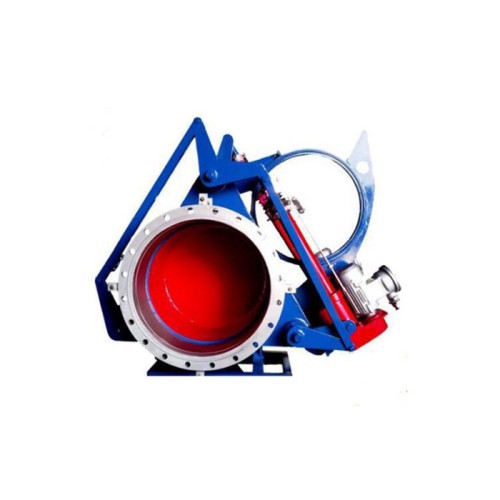foot valve 12 inch
Understanding 12-Inch Foot Valves A Comprehensive Guide
Foot valves are essential components in various fluid management systems, particularly in applications that involve pumping water from wells, lakes, or reservoirs. A 12-inch foot valve is a common size used in industrial, municipal, and agricultural applications. This article delves into the significance, working mechanism, installation, and maintenance of 12-inch foot valves.
What is a Foot Valve?
A foot valve is a type of check valve that is located at the bottom of a suction line to prevent backflow of fluid. Its primary function is to maintain the prime in pumps by preventing fluid from draining back into the source when the pump ceases operation. This is particularly critical for suction lines that draw water from deep wells or large bodies of water.
Significance of a 12-Inch Foot Valve
The size of a foot valve significantly affects its performance. A 12-inch foot valve has a large diameter, which allows for increased flow rates and is ideal for applications requiring high volume transfers. Industries like agriculture use these valves in irrigation systems, while municipalities employ them in water supply systems to ensure reliable operation and prevent cavitation in pumps.
Working Mechanism
foot valve 12 inch

The 12-inch foot valve features a screen or strainer to filter out large particles, ensuring that only clean fluid enters the pump. When the pump operates, the foot valve opens, allowing fluid to flow into the suction line. Once the pump turns off, the valve closes automatically, utilizing a spring mechanism or gravity to seal the opening securely. This operation is crucial for technology reliability and efficiency, allowing systems to function smoothly.
Installation Considerations
Proper installation of a 12-inch foot valve is vital for optimal performance. The valve should be placed at the deepest part of the suction line, ensuring that it remains submerged even during low water levels. The orientation and alignment of the valve are also critical; it should be installed vertically to avoid any air pockets that may hinder performance. Using the correct fittings and ensuring all connections are secure will help in maintaining the integrity of the system.
Maintenance Tips
Regular maintenance of a 12-inch foot valve is necessary to prolong its lifespan and ensure optimal functioning. Inspect the valve periodically for any signs of wear, corrosion, or blockages in the strainer. Cleaning the strainer regularly helps minimize the risk of clogs. Additionally, it is essential to check the sealing mechanism to ensure the valve closes properly to prevent backflow.
Conclusion
A 12-inch foot valve plays a pivotal role in various fluid transfer applications, ensuring efficiency and reliability in operations. Understanding its operation, installation, and maintenance can significantly enhance the performance of fluid management systems. By incorporating best practices, industries can optimize their pumping systems, ensuring a consistent and reliable flow of water for their specific needs.
-
The Key to Fluid Control: Exploring the Advantages of Ball Valves in Industrial SystemsNewsJul.09,2025
-
The Versatile World of 1, 2, and 3 Piece Ball ValvesNewsJul.09,2025
-
Stainless Steel Ball Valves: The Ideal Choice for Efficient Flow ControlNewsJul.09,2025
-
Optimizing Fluid Control with Ball Float ValvesNewsJul.09,2025
-
Manual Gate Valves: Essential for Control and EfficiencyNewsJul.09,2025
-
Everything You Need to Know About Butterfly ValvesNewsJul.09,2025
-
The Versatility of Wafer Type Butterfly ValvesNewsJul.08,2025




